Is 300 mg of Paraxanthine Equivalent to 428.5 mg of Caffeine?
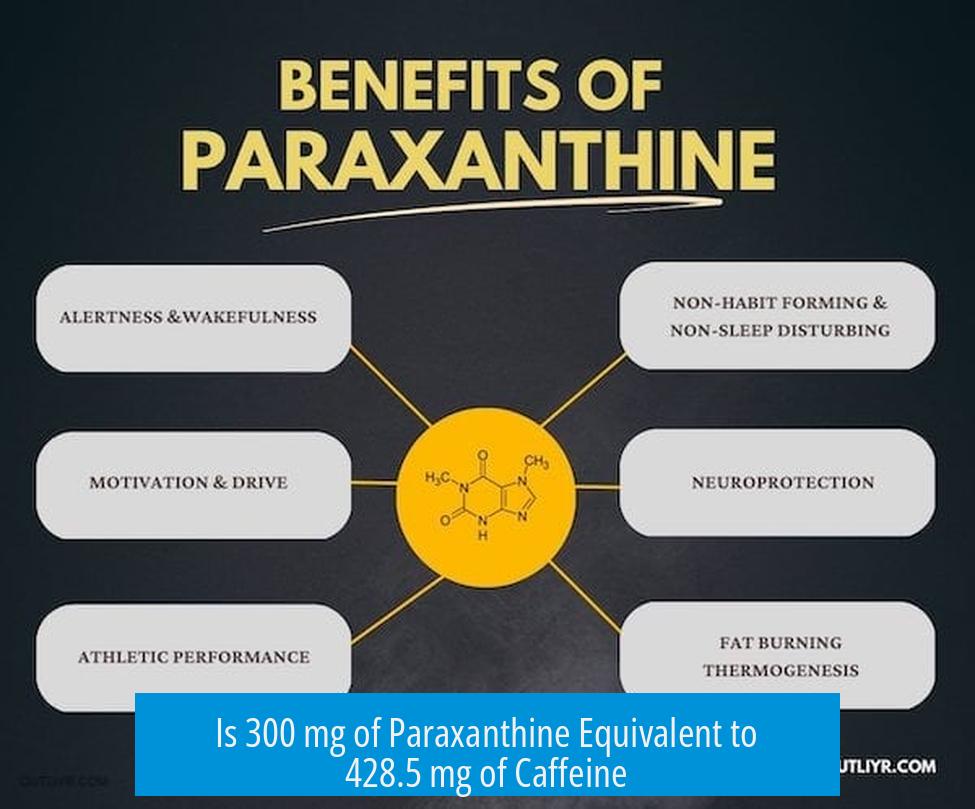
The claim that 300 mg of paraxanthine equals 428.5 mg of caffeine is not accurate. A more reasonable equivalence is approximately 300 mg of paraxanthine being similar in effect to about 200 mg of caffeine. This conclusion is drawn from molecular, pharmacological, and metabolic considerations.
Understanding Molecular Comparison
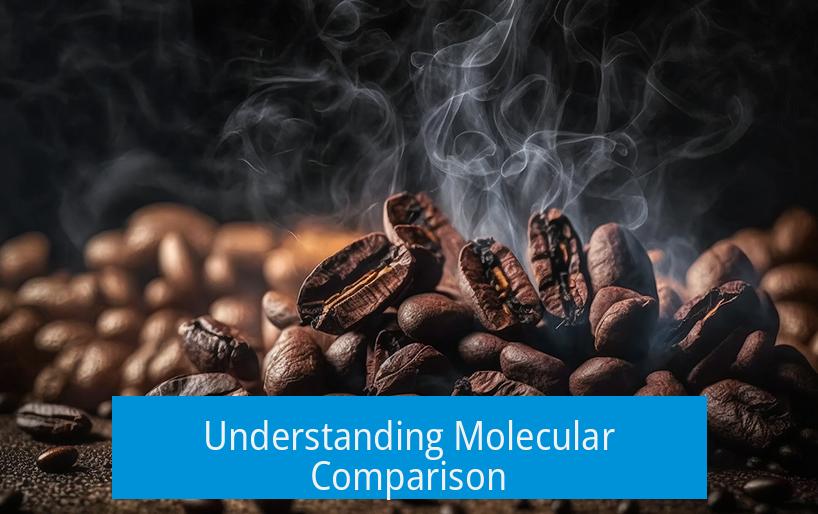
Paraxanthine and caffeine share closely related molecular structures but differ in molecular weight. Directly comparing their mass is misleading. Instead, comparing moles, which accounts for molecular weight, gives a clearer picture of their relative amounts.
- Caffeine has a molar mass of about 194 g/mol.
- Paraxanthine’s molar mass is approximately 180 g/mol.
By converting both masses to moles, one can normalize doses. Additionally, considering that about 84% of caffeine metabolizes into paraxanthine within minutes after ingestion highlights their linked but distinct pharmacokinetics.
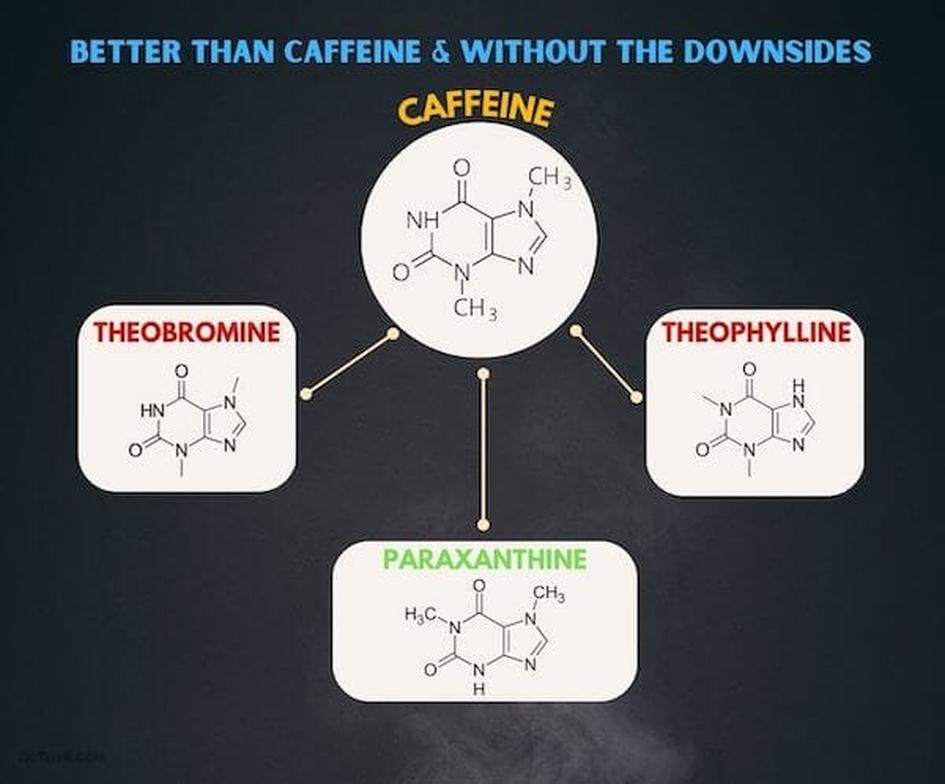
Pharmacological and Metabolic Differences
Caffeine and paraxanthine both act as central nervous system stimulants. However, caffeine has a longer plasma half-life, prolonging its stimulant effect. Paraxanthine acts later and sustains part of caffeine’s effects but is metabolized faster. Taking paraxanthine directly skips caffeine’s initial stimulating phase.
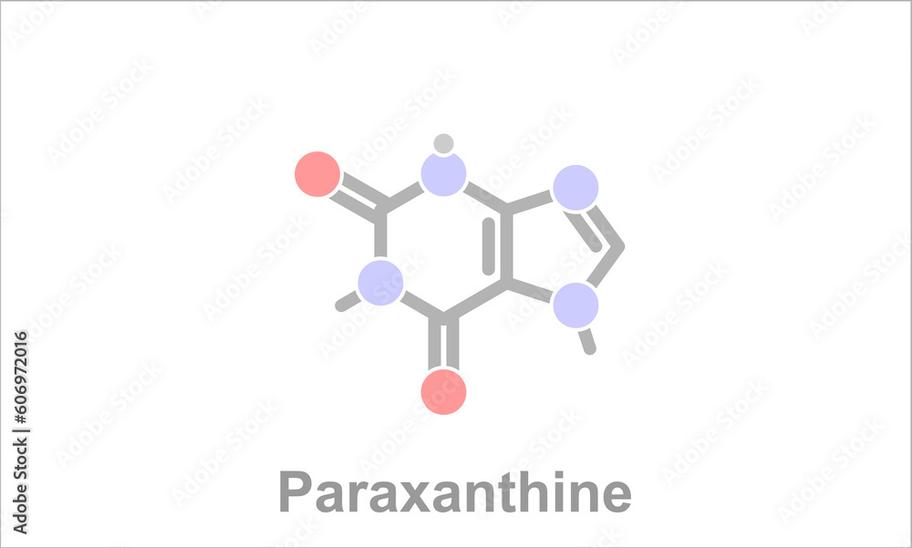
One must also consider that paraxanthine is reportedly safer in higher doses. It exhibits lower toxicity, reduced blood pressure impact, and minimal abuse potential compared to caffeine. This safety profile supports a nonlinear dose equivalence.
Relative Dose Equivalence
| Compound | Typical Dose Equivalence |
|---|---|
| 300 mg Paraxanthine | ≈ 200 mg Caffeine |
| 300 mg Paraxanthine | Not equivalent to 428.5 mg Caffeine |
Experts argue that 300 mg paraxanthine feels less potent than 400+ mg caffeine, and equating them on a mg-to-mg basis without other adjustments overstates paraxanthine’s stimulant strength.
Summary: Key Points
- Direct mg-to-mg comparison ignores molecular weight and metabolic differences.
- 300 mg paraxanthine generally relates to about 200 mg caffeine equivalence.
- Caffeine has a longer half-life; paraxanthine acts as a secondary metabolite stimulant.
- Paraxanthine is safer and less toxic at higher doses than caffeine.
- The 300 mg paraxanthine = 428.5 mg caffeine claim lacks scientific support.
Is it true that 300 mg of Paraxanthine equals 428.5 mg of Caffeine?
The short, factual answer is: no, 300 mg of paraxanthine does not equate to 428.5 mg of caffeine. A more reasonable equivalence hovers around 300 mg of paraxanthine being roughly equal to 200 mg of caffeine. Let’s unpack why that is, using chemistry, biology, and a sprinkle of caffeine science.
On the surface, you might think, “Hey, 300 mg is just a number, right?” Not so fast. Remember, we’re not comparing apples to apples but caffeine molecules to their metabolic offspring — paraxanthine, the primary caffeine metabolite. This relationship is much more than just weight-based conversion.
Molecular Math: Why Milligrams Alone Don’t Cut It
First thing’s first—when comparing chemicals like caffeine and paraxanthine, you can’t simply do a mg-to-mg swap. One molecule might weigh more or less than the other. You need to think in moles—a unit that counts molecules, not just weight.
An expert once said, “you would need to convert to moles for each using their molar masses.” This approach normalizes doses based on molecular weights, making comparisons meaningful and precise.
In other words, 300 mg of paraxanthine and 300 mg of caffeine do not contain the same number of molecules since their molar masses differ. This is key to converting doses accurately—and why the claim that 300 mg paraxanthine equals 428.5 mg caffeine is off base.
Pharmacological Dynamics: Two Stimulants, Different Timelines
Okay, chemistry aside, what about the effects? Both compounds stimulate your brain but behave differently once inside your body.
- Caffeine hits first and has a longer plasma half-life—the time it stays active in your system.
- Paraxanthine emerges after caffeine metabolizes, and while it also acts as a stimulant, it has a shorter half-life and a slightly different potency.
Think of caffeine as the opening act of a show, and paraxanthine as the main performer strolling on later. Take paraxanthine directly, skipping caffeine entirely, and you miss that initial punch caffeine delivers.
This dynamic matters because you can’t say, “300 mg of paraxanthine will feel like 428.5 mg of caffeine” unless you consider how your body metabolizes these substances and the staggered timing of their effects.
What About Dose Equivalence? Is There a Clear Ratio?
Here’s where the confusion ramps up. Some sources claim 300 mg paraxanthine roughly equals 200 mg caffeine—not nearly the 428.5 mg some might say. This estimate fits better with reported stimulant experiences and known pharmacology.
“I find it hard to believe that 300 mg of paraxanthine produces an equivalent feeling to 400+ mg of caffeine.”
In addition, if paraxanthine is safer at higher doses than caffeine, as research suggests, then simply matching milligrams neglects safety limits and physiological nuances.
Safety First: Paraxanthine’s Pharmacological Profile
Speaking of safety, paraxanthine comes out on top when compared to caffeine at higher doses. It has a shorter half-life—25% shorter—meaning it clears from your body faster. This speeds up recovery and lowers the risk of toxicity.
| Compound | Approximate Equivalent Daily Limit | Notable Effects |
|---|---|---|
| Caffeine | 300 mg (upper safe limit) | Lifts blood pressure; longer half-life; higher abuse risk |
| Paraxanthine | 829 mg (considered safe; equivalent stimulant dose) | Less impact on blood pressure; lower toxicity; nitric oxide production |
Yes, that’s right—at nearly triple the mg dose, paraxanthine remains in a safer zone compared to caffeine. This difference complicates a simple numeric equivalence; more paraxanthine can be consumed safely without the jittery side effects caffeine is known for.
How the Body Handles These Molecules
Remember that metabolism twist? 84% of caffeine transforms into paraxanthine within minutes after you drink your coffee or guzzle that energy drink.
This speedy metabolism is a big deal. When you ingest caffeine, you get a double pump of stimulant action—initial caffeine buzz followed by paraxanthine’s prolonged effect.
Taking paraxanthine alone means you miss caffeine’s first wave. Some might prefer this for smoother stimulation without the sharp spike and crash. Others enjoy caffeine’s classic kickstart.
So, Should You Trust That 300 mg Paraxanthine = 428.5 mg Caffeine Number?
Not really. The number looks catchy, but it’s not backed by molecular math, pharmacology, or user experience.
The evidence points toward a more modest conversion: 300 mg of paraxanthine ≈ 200 mg of caffeine. Plus, a simple mg-to-mg comparison skips many subtle but crucial factors like molecular weight, half-life, safety profiles, and stimulant timelines.
Got a side-eye at those pre-packaged supplements claiming crazy equivalencies? You’re not alone.
Practical Takeaways for Coffee Lovers and Supplement Seekers
- Don’t blindly trust mg equivalency numbers without context.
- Consider that paraxanthine provides stimulant effects with often smoother pharmacokinetics and less toxicity.
- If you want to compare stimulant effects, think moles, not mass.
- Remember caffeine gives a rapid, longer-lasting buzz, while paraxanthine is shorter but safer at higher doses.
- Consult with healthcare providers if considering high doses or switching between caffeine and paraxanthine supplements.
Final Sip: What This Means for You
Caffeine and paraxanthine are two sides of the stimulant coin, but the relationship is complex. Weight alone doesn’t tell the full story.
Whether you’re chasing caffeine’s familiar jolt or looking for the potentially smoother paraxanthine ride, understanding the chemistry and pharmacology behind these molecules helps you make informed choices.
So next time you see a supplement boasting a wild caffeine equivalency, raise an eyebrow and, maybe, a coffee cup.
What is the correct way to compare doses of paraxanthine and caffeine?
You need to compare their moles, not just milligrams. Use molar mass to convert mass into moles. This method accounts for molecular differences and gives a fair comparison between paraxanthine and caffeine amounts.
Does 300 mg of paraxanthine equal 428.5 mg of caffeine?
No, that specific conversion is not accurate. Experts suggest that 300 mg of paraxanthine is closer to about 200 mg of caffeine when considering pharmacological effects and potency.
How do the stimulant effects of paraxanthine and caffeine differ?
Caffeine acts first and has a longer plasma half-life. Paraxanthine forms afterward and continues stimulant effects. Taking paraxanthine alone skips caffeine’s initial stimulant phase.
Is paraxanthine safer than caffeine at higher doses?
Yes. Paraxanthine has lower toxicity and a shorter half-life—about 25% shorter than caffeine. It also impacts blood pressure less and has lower abuse potential at comparable stimulant doses.
How much caffeine gets converted into paraxanthine in the body?
About 84% of caffeine is converted to paraxanthine within minutes after ingestion. This conversion is part of why both compounds share stimulant effects but differ in timing and potency.


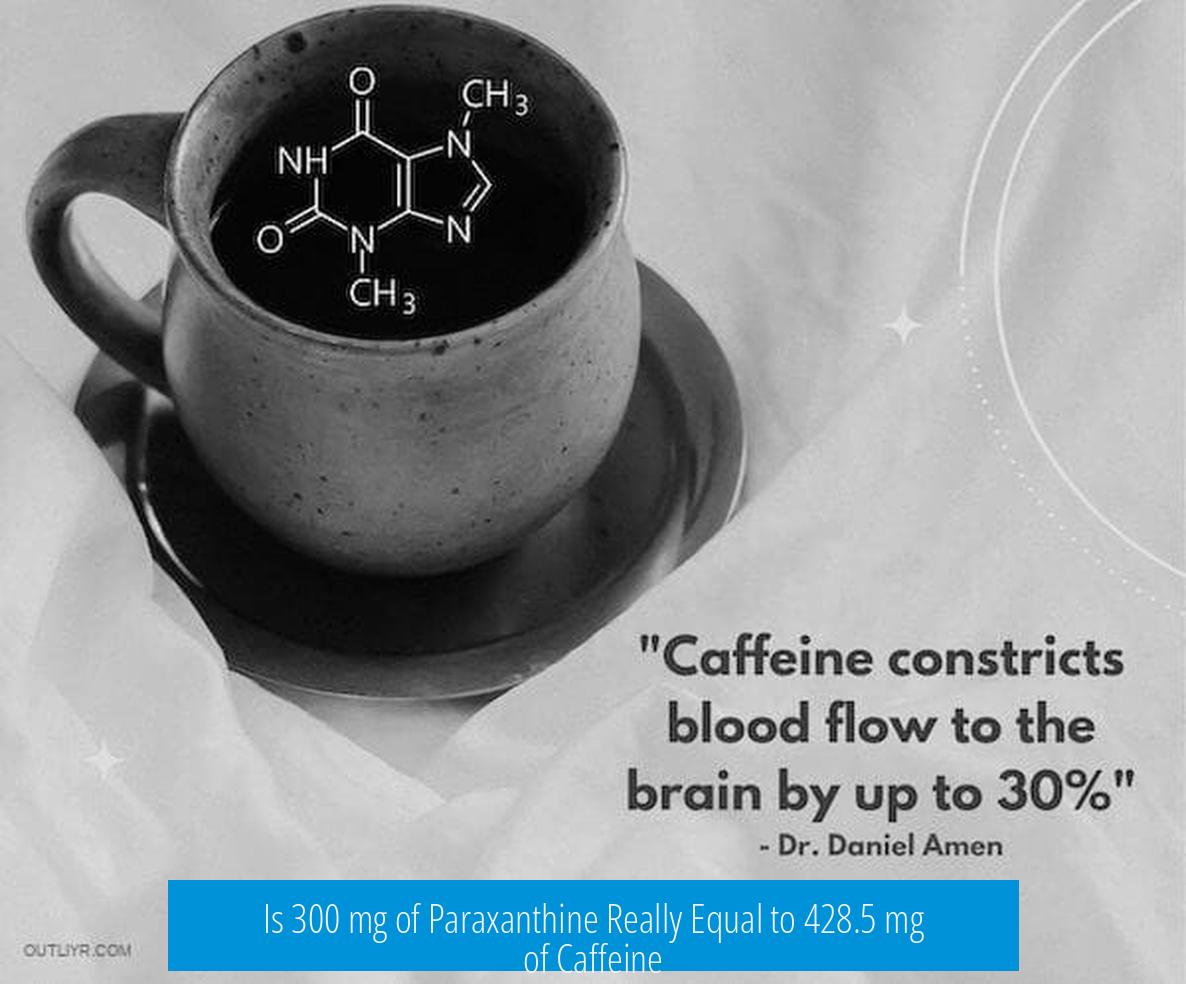

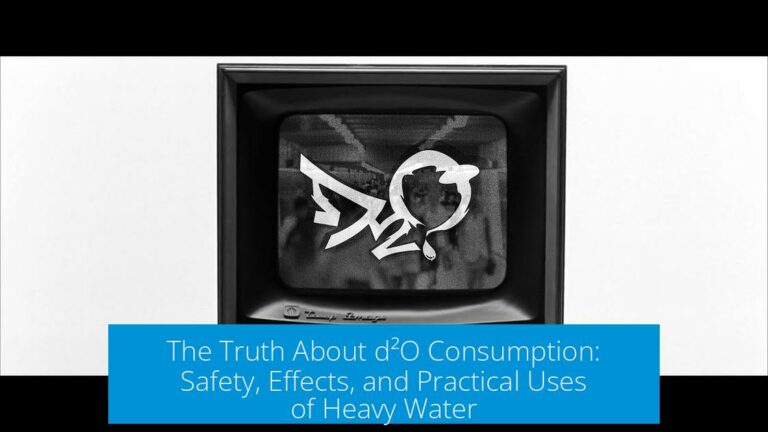
Leave a Comment